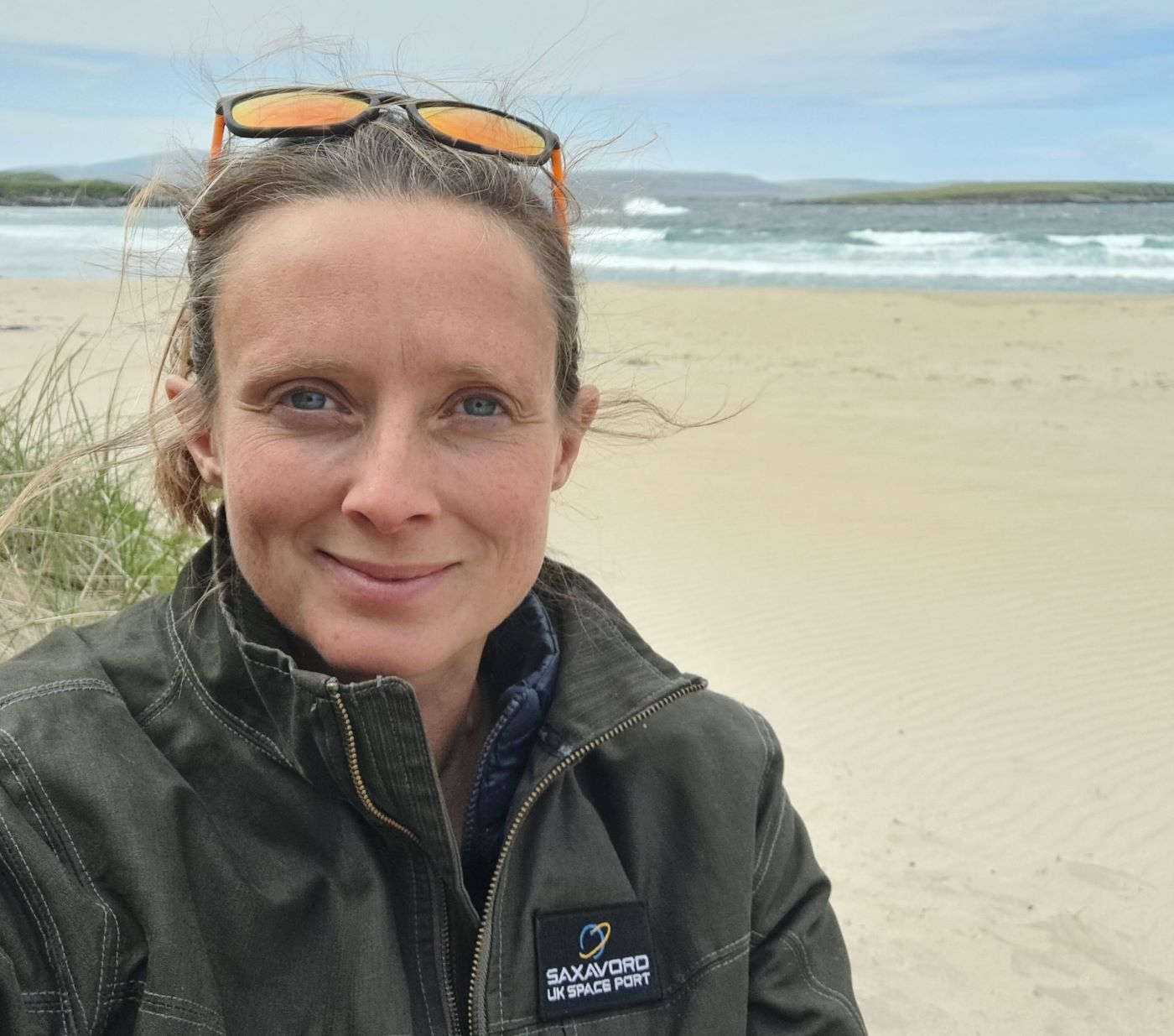Where is the BOM?

The creation of a BOM is a fundamental part of product development. However, manufacturers are often unsure at what stage of the product development the BOM comes in. Best practice dictates that the BOM needs to travel fluently through the different development stages, evolving and changing as products are designed, built and eventually, circulated.
In today’s complex manufacturing environment, a Bill of Materials can include a set of hundreds – or even thousands - of separate items.
What is more, even after the first product has been manufactured, the BOM will continue to change. Whether it is due to fixing potential design faults, substituting materials, reducing resource costs or simply switching suppliers, it is highly unlikely that the BOM will remain the same from the design phase through to the end of the product lifecycle.
One of the common challenges engineers face comes from changes being required after the design BOM has been finalised. During the design process, it is relatively easy to swap and change product specifications without causing any substantial financial implications. However, once manufacturing has begun, making engineering changes can be much more challenging. Even the slightest modification can cause time-to-market delays, resulting in loss of business and unexpected production downtime.
Before finalising the product design, it is essential for the design BOM to be accurate and financially precise. Take the aerospace and defence industry as an example; the configuration of an aircraft – or even just the wing of an aircraft – is immense. By ensuring the BOM is supported by a consistent archive of documents, such as CAD files, supplier contact details and design plans, people further along the product development process can understand why certain design decisions were made and how to correctly manufacture the product.
Supporting documents should work as knowledge capture for the rest of the workforce, especially where the design is concerned. Designers will often move from company to company, so it is vital to record the exact design intent and brief at the point of inception, so that the manufacturers can follow these instructions accurately. This archive of documents is also important if problems occur during product circulation, especially for highly regulated markets such as aerospace and defence.
An accurate and complete design BOM is essential for manufacturers to understand the magnitude of what they are trying to create. During the design stage, designers should be technically competent enough to create a BOM that - when transferred to the manufacturing team - makes engineering sense. Making use of an intelligent product lifecycle management (PLM) application during the design stage can alleviate the work associated with Bill of Materials documentation and archiving.
Providing a single source of truth across the entire workforce, PLM can deliver company-wide insight into design files - making life much easier for the design, manufacturing and sales teams. Manufacturers who have faced problems with BOM will understand that it is unlikely to remain unchanged throughout the entire product development process. However, by generating an accurate design BOM in the first instance and using PLM software to monitor the design data, future engineering changes can be minimised.













